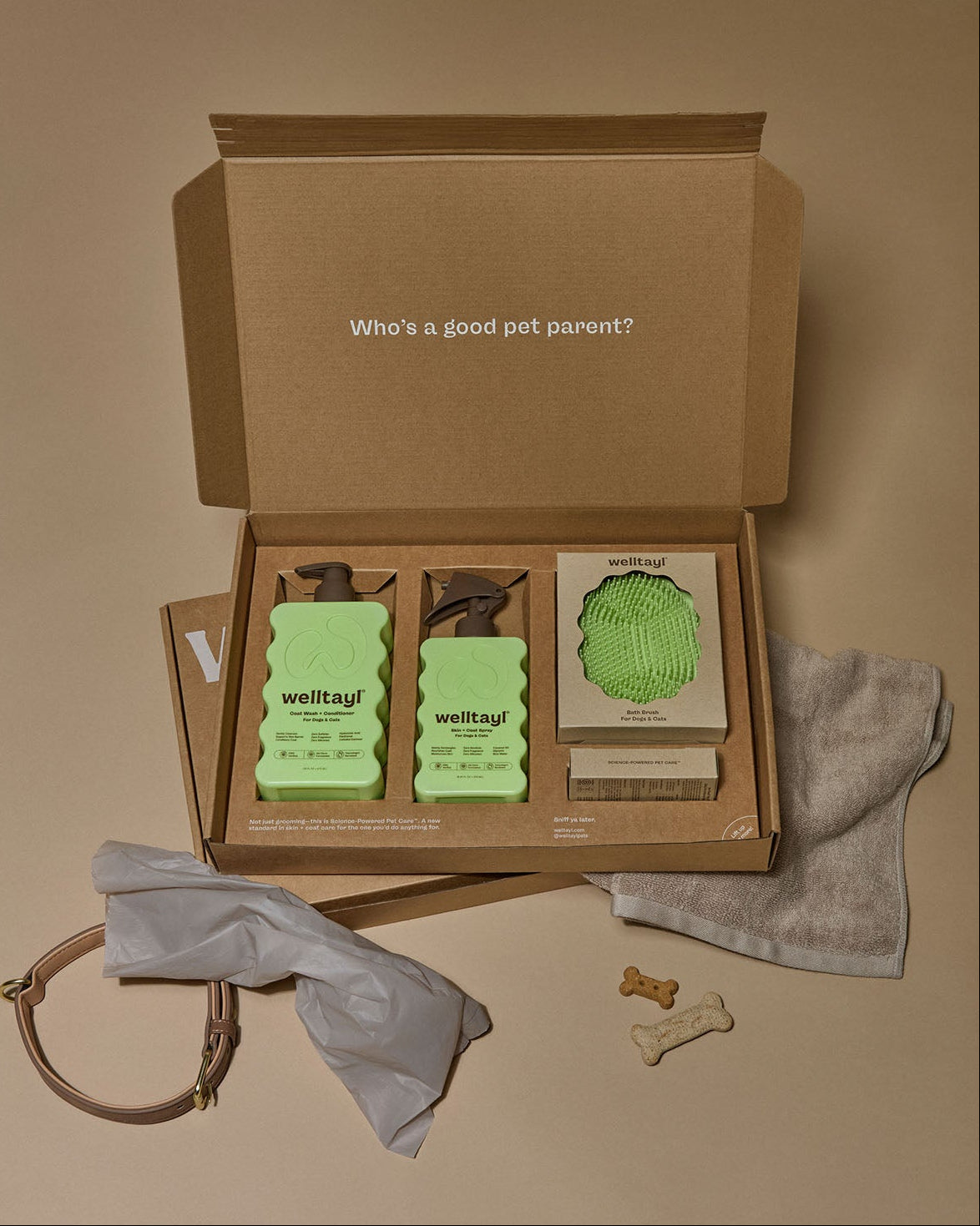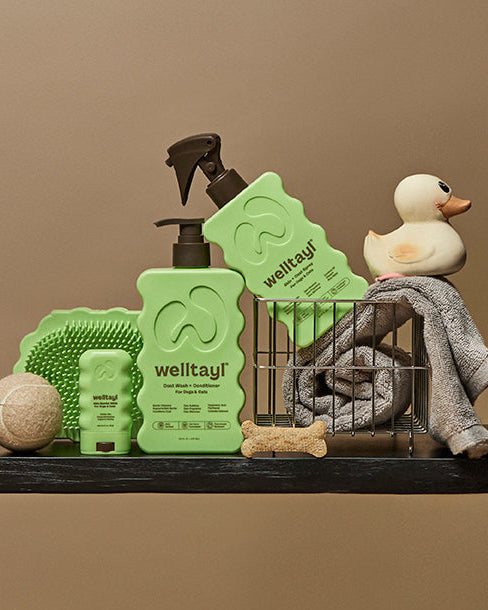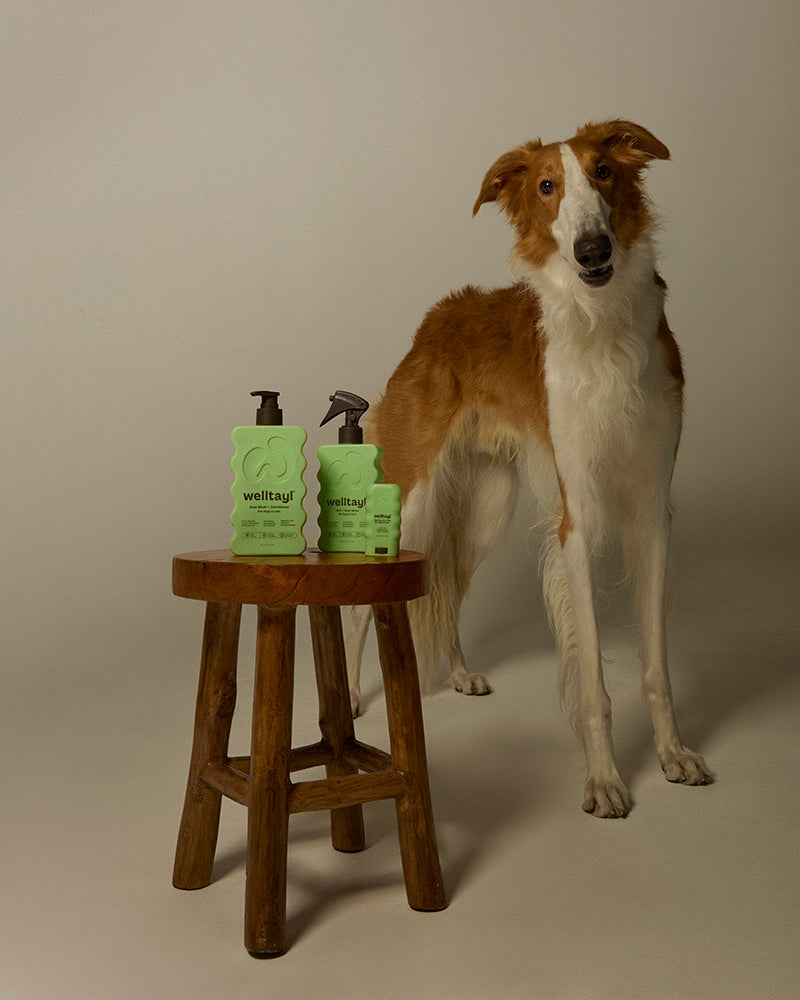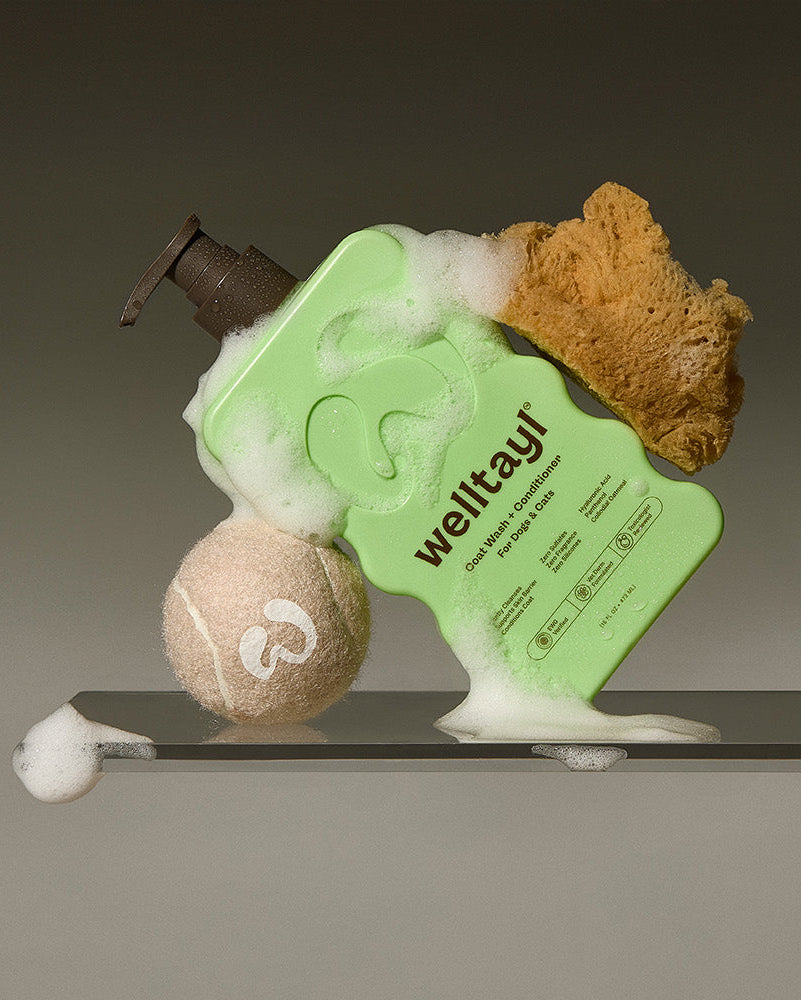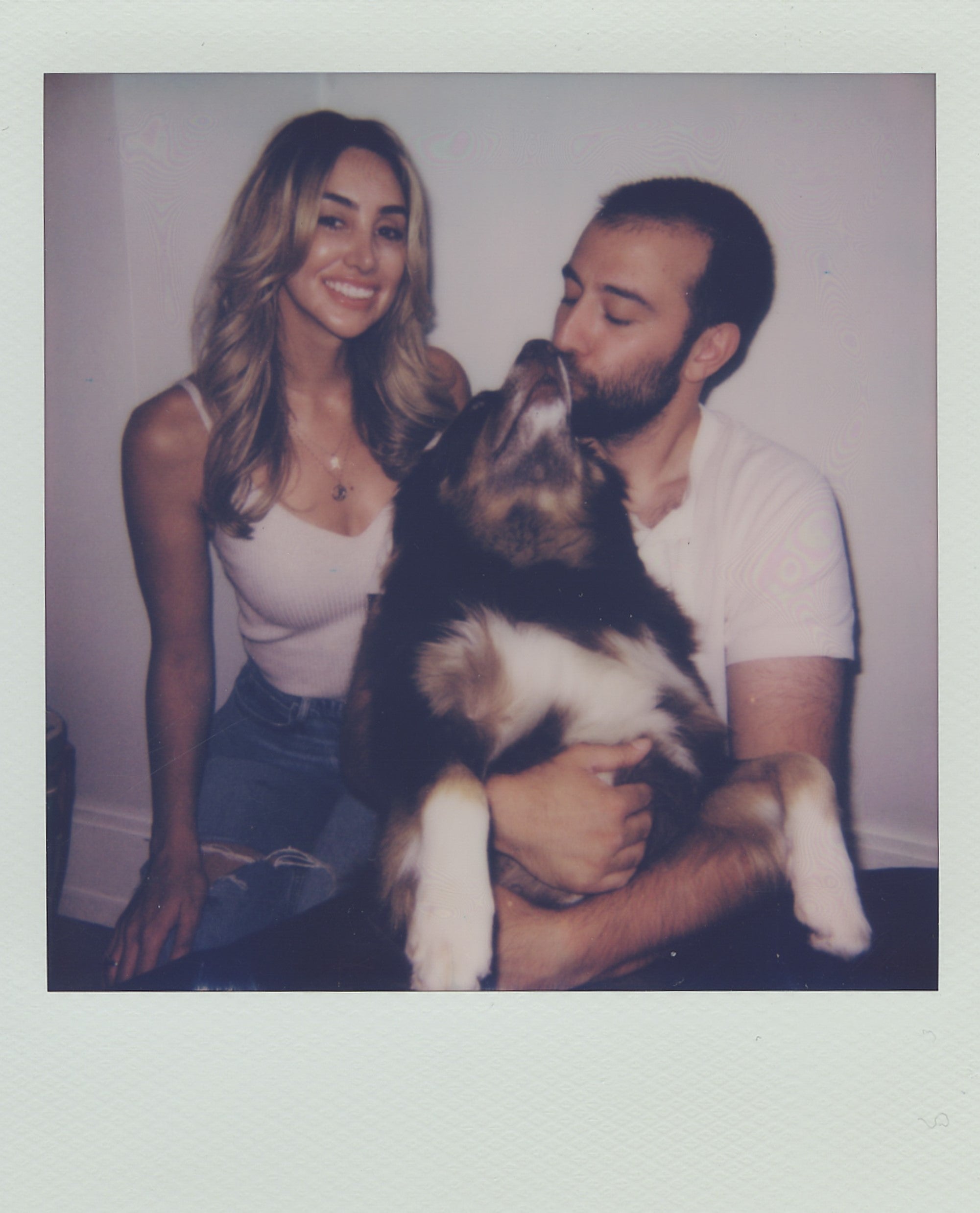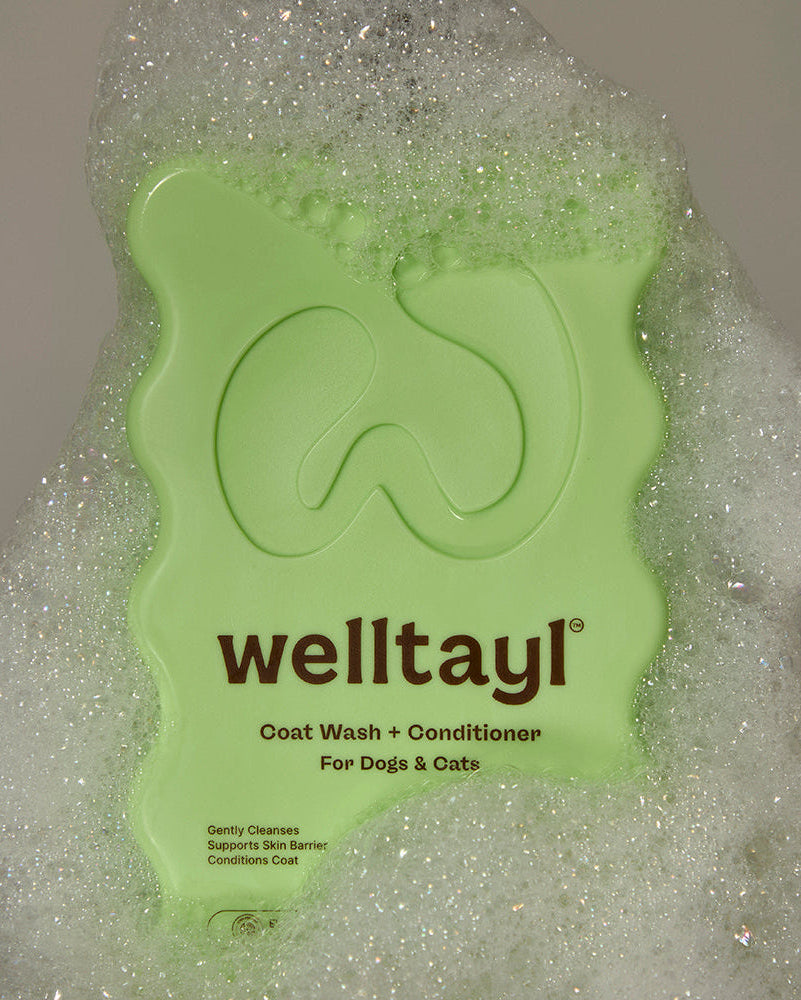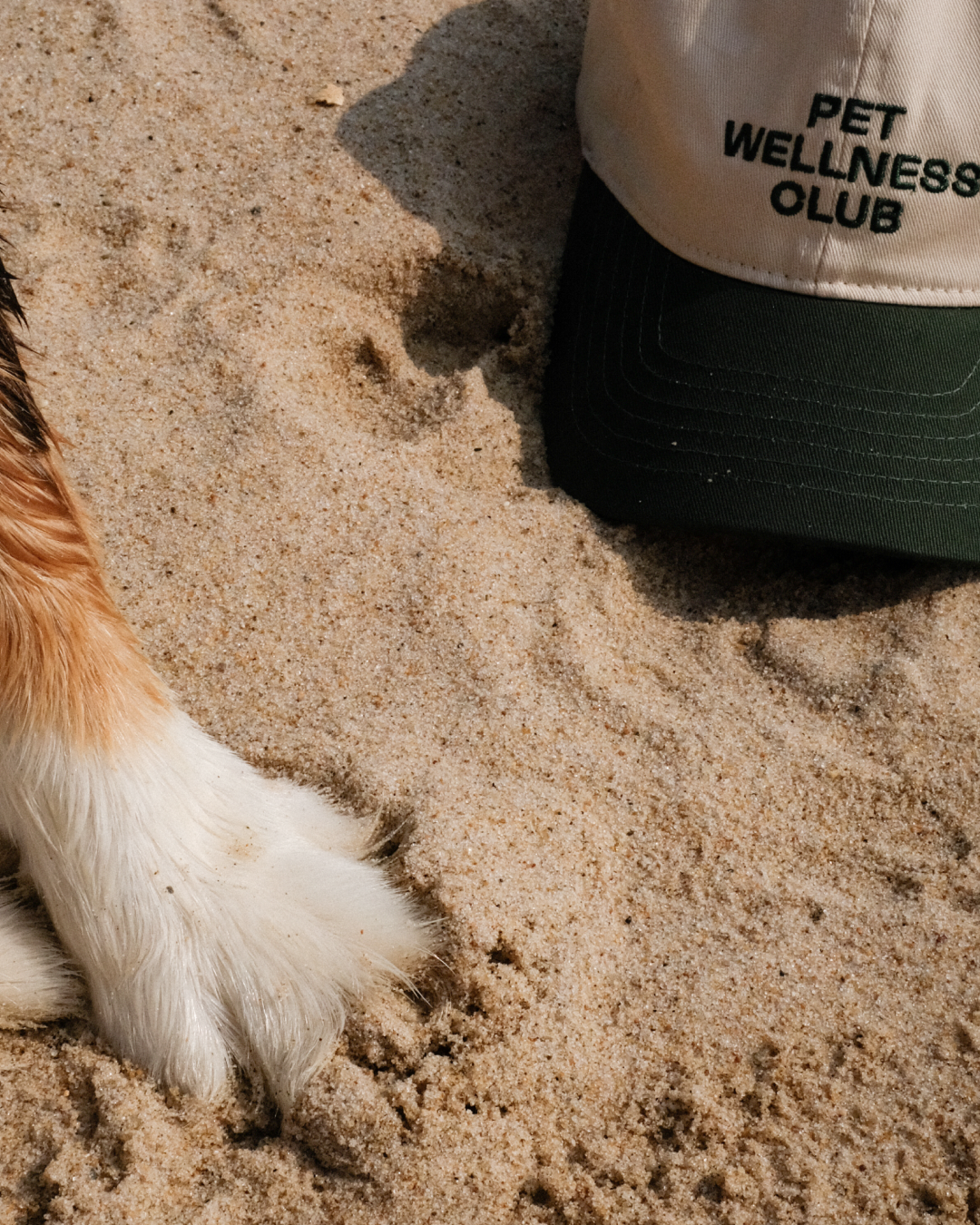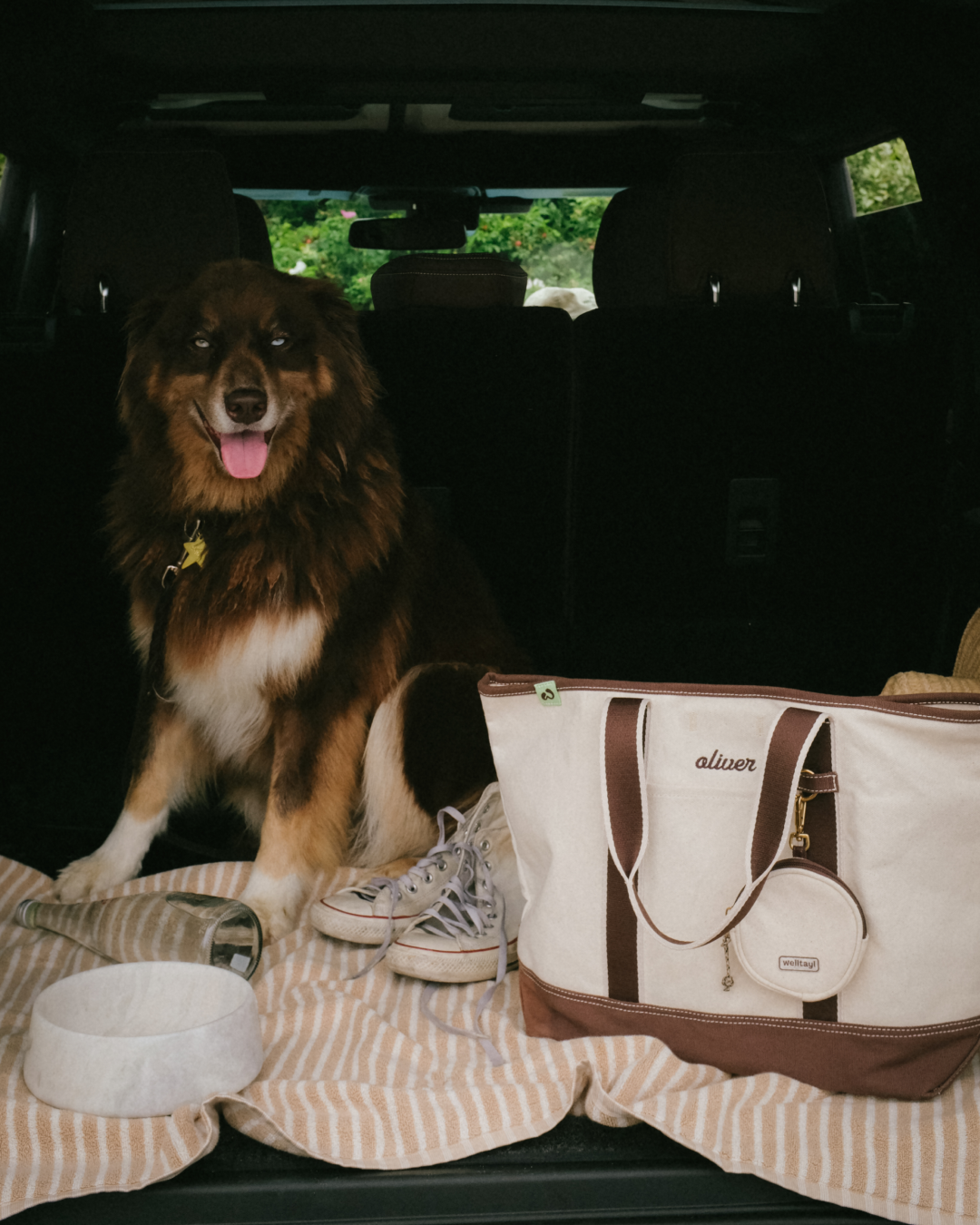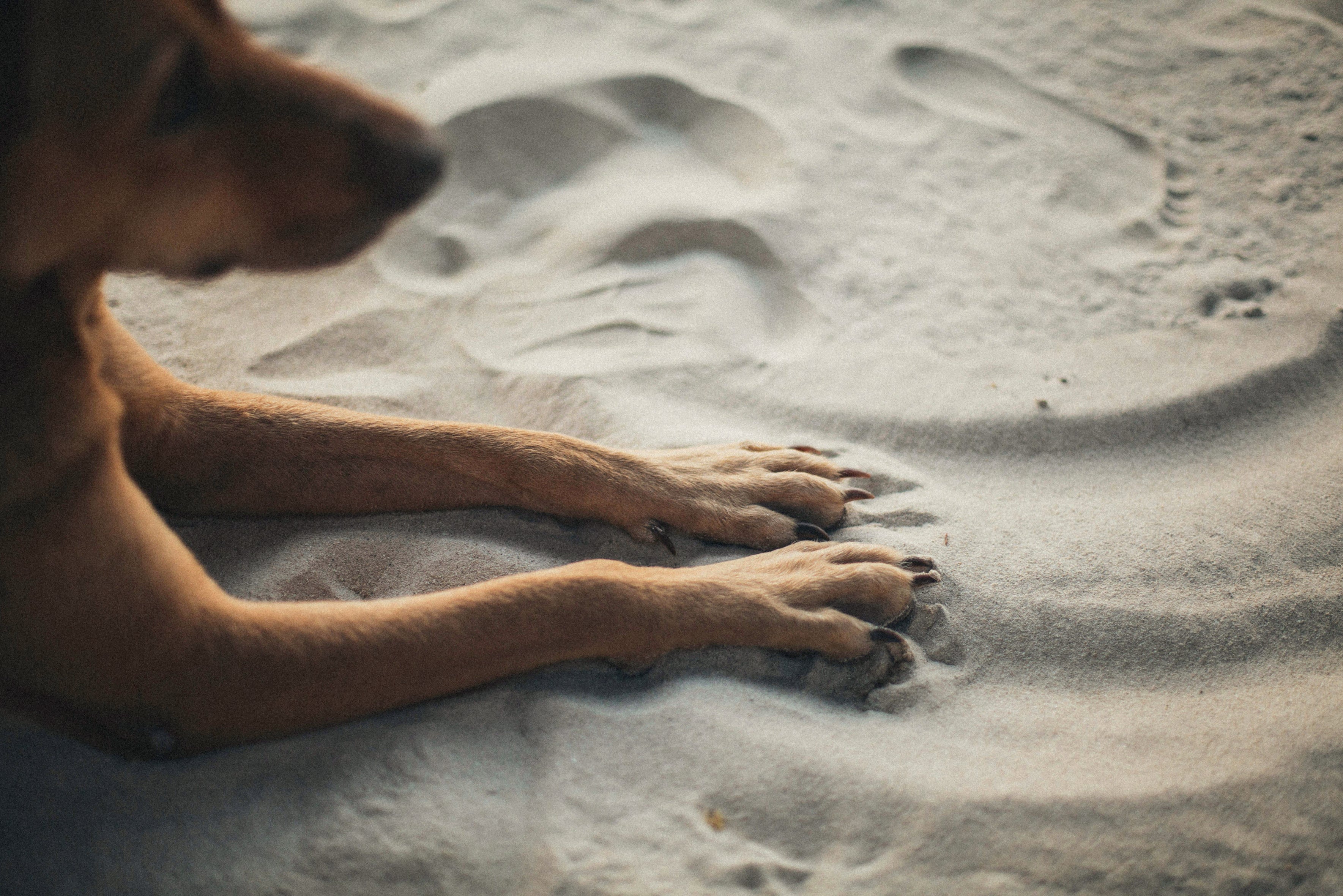Dog paws play a crucial role in your pup's daily life, supporting their entire body weight and enduring constant pressure during activities like walking, running, and standing. They're also essential for temperature regulation and help dogs sense the surfaces they step on, whether it's rough gravel, slippery tile, or soft grass.
Table of Contents:
- Key Takeaways
- Importance Of Dog Paw Care
- How To Maintain Healthy Dog Paws
- Protecting Dog Paws From Weather And Surfaces
- Common Dog Paw Problems And Solutions
- First Aid For Dog Paws
- Conclusion
- Frequently Asked Questions
Key Takeaways
- 🐾 Dog paws require regular care to stay healthy, as they endure constant pressure, rough surfaces, and extreme weather conditions.
- ❗️ Routine checks and cleaning help remove debris, detect injuries, and prevent infections that may hinder mobility and comfort.
- 💅 Trimming nails and paw hair improves traction, maintains hygiene, and reduces risks of discomfort or injury.
- 🥾 Protect paws from weather extremes by using booties or paw wax during hot summers or icy winters to avoid burns, cuts, and irritation.
- 🧴 Moisturize paw pads with dog-safe balms to prevent dryness, cracking, and conditions like hyperkeratosis, which can cause discomfort and mobility issues.
- 🩹 Act quickly with first aid for paw injuries like cuts or burns, and consult a vet for severe wounds or persistent symptoms to ensure proper healing.
Importance Of Dog Paw Care
Without proper care, paws can suffer from injuries like cuts, blisters, or burns from hot pavements in summer and icy paths in winter. Debris, like small stones or sharp objects, can get lodged between their toes, causing discomfort or infection. Neglected paws might lead to walking difficulties and discourage your pup from their usual playful behavior. Regular maintenance, like cleaning, moisturizing with dog-safe balms like Welltayl's skin barrier stick, and trimming fur between the toes, keeps paws healthy and functional.

How To Maintain Healthy Dog Paws
Caring for your dog's paws protects their health and keeps them active and happy. Regular maintenance prevents injuries and keeps paws in the best condition for daily activities.
1. Regular Paw Checks And Cleaning
Inspect your dog's paws frequently to remove any debris such as pebbles, dirt clumps, or thorns. Perform these checks after outdoor activities and at least once weekly for less active dogs.
Clean the paws thoroughly after every walk, especially in muddy, snowy, or wet environments. Wipe them with a damp cloth or pet-safe wipe, being sure to clean between the toes and pads. Dry the paws completely, as moisture can lead to irritation.
2. Keep Nails Trimmed
Trim your dog's nails to avoid overgrowth that may cause discomfort or difficulty walking. Nails shouldn't touch the ground when your dog walks. Gently extend the nail by pressing the pad and skin above it, then clip only the tip to avoid cutting the quick—this minimizes the risk of pain or bleeding.
3. Moisturize Paw Pads
Apply a dog-safe balm to the paw pads to prevent them from becoming dry or cracked. However, avoid over-moisturizing, as overly soft pads can become prone to cuts or tears on rough surfaces.
4. Trim Hair Between Paw Pads
Keep the fur between the paw pads short to give better traction and to prevent debris from matting into the hair. Use grooming scissors to gently trim these areas while your dog is calm. This reduces the risk of injury and improves paw hygiene.

Protecting Dog Paws From Weather And Surfaces
Your dog’s paws face challenges from both hot and cold temperatures, as well as rough, harsh surfaces. Proper protection is key to keeping them healthy and comfortable during every season.
Hot Pavement And Summer Hazards
Hot surfaces, like pavement, asphalt, and sand, can cause burns and blisters on dog’s paws. During summer, these surfaces can reach temperatures of 120-160°F. If the ground feels too hot for your hand after five seconds, it's too hot for your dog.
Avoid these hazards by walking on shaded or grassy areas or in the early morning or late evening when the pavement is cooler. Protective gear, such as dog booties or paw wax, provides a barrier to the paw pads, but walking in peak heat should still be avoided. Keep water handy during walks to cool paws if needed.
Winter Care And Snow Removal
Snow, ice, and rock salt can harm your dog's paws during the winter. Ice buildup between the paw pads causes discomfort, while salt leads to irritation and dryness. After walks, rinse and dry their paws to remove salt and de-icing chemicals.
Paw waxes or balms help create a barrier against winter elements. Trim hair between paw pads to avoid ice clumping and help them maintain traction on slippery surfaces.
Using Paw Protectors Or Booties
Paw protectors, including booties or paw wax, safeguard your dog's paws from hot pavement, icy paths, and rough terrains. Booties provide physical protection, reduce slipping risks, and keep paws clean. For dogs that dislike booties, paw waxes create an invisible barrier that protects pads from irritation.
Choose booties or waxes designed for dogs. Regular use ensures your dog can safely enjoy their walks, no matter the outdoor conditions.
Common Dog Paw Problems And Solutions
Dog paw issues can make walking painful and limit mobility. Identifying and addressing problems early prevents further discomfort and keeps your dog active and happy.
Cuts, Cracks, And Abrasions
Cuts and abrasions often happen when dogs encounter rough or sharp surfaces like gravel, glass, or metal while walking or playing. These injuries can cause pain, bleeding, and limping. Cracked paws may result from dry weather or excessive exposure to hot surfaces.
To treat wounds, clean them gently, remove debris, and apply antibacterial products decrease risk of infection. Bandage the area to protect it from dirt until you can get the injury examined by your veterinarian. Prevent such injuries by avoiding hazardous surfaces and checking paws after walks to catch injuries sooner.
Fungal And Bacterial Infections
Fungal or bacterial infections arise from damp conditions, contaminated surfaces, and poor hygiene. Excessive licking or trauma to the skin are also risk factors. Symptoms include red or swollen paws, foul odors, or frequent licking. Often, dogs in wet or humid environments, or those with allergies, face higher incidence of paw infection
Veterinarians treat infections with antifungal or antibacterial solutions, based on the specific cause and severity of infection. Keeping paws dry, and cleaning them after walks reduces the chance of these infections.
Hyperkeratosis And Dry Pads
Hyperkeratosis causes thick, rough skin to form on a dog's paw pads and may result from genetic conditions or health issues. Dry pads can lead to cracking, pain, and difficulty walking.
Use vet-approved, dog-specific balms to soften and moisturize paw pads, reducing discomfort. Hyperkeratosis may require a veterinarian's evaluation to identify possible underlying causes. Regular moisturizing prevents dryness and keeps paws healthy, especially in extreme weather conditions.
Want more tips to keep your dog's paws healthy? Join the Welltayl newsletter! It’s packed with easy advice for paw care, making sure your pup stays happy and injury-free.
First Aid For Dog Paws
Dog paws face different risks every day. From cuts caused by sharp objects to burns from hot surfaces, ensuring prompt attention is key to keeping them safe and healthy.
Identifying Injuries Or Excessive Licking
Watch for signs like bleeding, limping, or discoloration on your dog's paws. Reluctance to walk or excessive licking can also indicate an issue. Injuries may result from sharp debris, hot pavement, or chemicals. Consistent licking could signal pain, an irritant, or an infection.
Daily paw checks help reveal problems early. Check between their toes and paw pads for debris like splinters or burrs. Moisture from constant licking may lead to bacterial or yeast infections, making it essential to address any unusual licking promptly.
-
Cleaning the Wound: If you notice debris, remove it gently. Rinse the paw with water and a dog-safe antiseptic solution.
-
Stopping Bleeding: Apply moderate pressure with a clean towel or bandage for about 5-10 minutes if there's bleeding. If severe, take your pet to the emergency veterinarian.
-
Dressing the Area: After cleaning, apply an antibacterial cream and lightly wrap the wound with a bandage to protect the paw from dirt and further damage until the injury can be examined by a veterinarian.
-
Monitoring Deeper Cuts: If you see deeper wounds or suspect tendon damage, consult your vet immediately to lower risks of infections and other complications.
For more helpful tips on keeping your dog's paws safe and healthy, join the Welltayl newsletter! It's a great way to ensure you're always one step ahead with expert advice tailored for your pet.

Conclusion
Your dog's paws are essential to their overall health and happiness, so giving them the care they deserve is a must. By staying proactive with regular maintenance and being mindful of environmental challenges, you can prevent common issues and keep their paws in top shape.
Healthy paws mean your dog can enjoy their walks, playtime, and daily adventures without discomfort. Make paw care a part of your routine, and you'll ensure your pet stays active and content for years to come.
Frequently Asked Questions
How often should I check my dog's paws?
You should inspect your dog’s paws after every walk or outdoor activity. Frequent checks help identify cuts, debris, or signs of irritation early, which can prevent infection and other complications.
What should I do if my dog’s paw is bleeding?
Immediately clean the wound with water to remove dirt, apply pressure to stop the bleeding, and bandage the area. If the cut is deep or bleeding persists, consult your veterinarian right away.
Are dog booties necessary for paw protection?
Dog booties are recommended for extreme weather or rough terrain. They can protect paws from hot surfaces, sharp objects, ice, and road salt, ensuring your dog can walk safely and comfortably.
Can hot pavement burn my dog’s paws?
Yes, hot pavement can cause burns and blisters on a dog’s paw pads. Test the temperature by placing your hand on the surface. If it is too hot for you to hold your hand on, it is too hot for them to walk on. Walk your dog in shaded areas or use protective gear like booties during hot weather.
How do I prevent my dog’s paw pads from cracking?
Apply dog-safe paw balm regularly to keep paw pads moisturized. Avoid prolonged exposure to harsh surfaces, and clean their paws after walks. Keeping paw pads hydrated reduces cracking and discomfort.
What is the best way to clean my dog’s paws?
Use warm water and a soft cloth or paw-cleaning wipes to remove dirt and debris. Rinse their paws thoroughly, especially after walks in muddy or salted areas, and dry them completely to prevent infections.
How can I protect my dog's paws in winter?
In winter, use paw wax or booties to shield against snow, ice, and road salt. Trim hair between the paw pads to prevent ice buildup and rinse your dog’s paws after walks to remove irritants.
What are signs of a paw injury in dogs?
Common signs include limping, excessive licking of the paws, swelling, redness, or visible cuts. If you notice any of these, consult your vet for further guidance.
Resources:
Read more
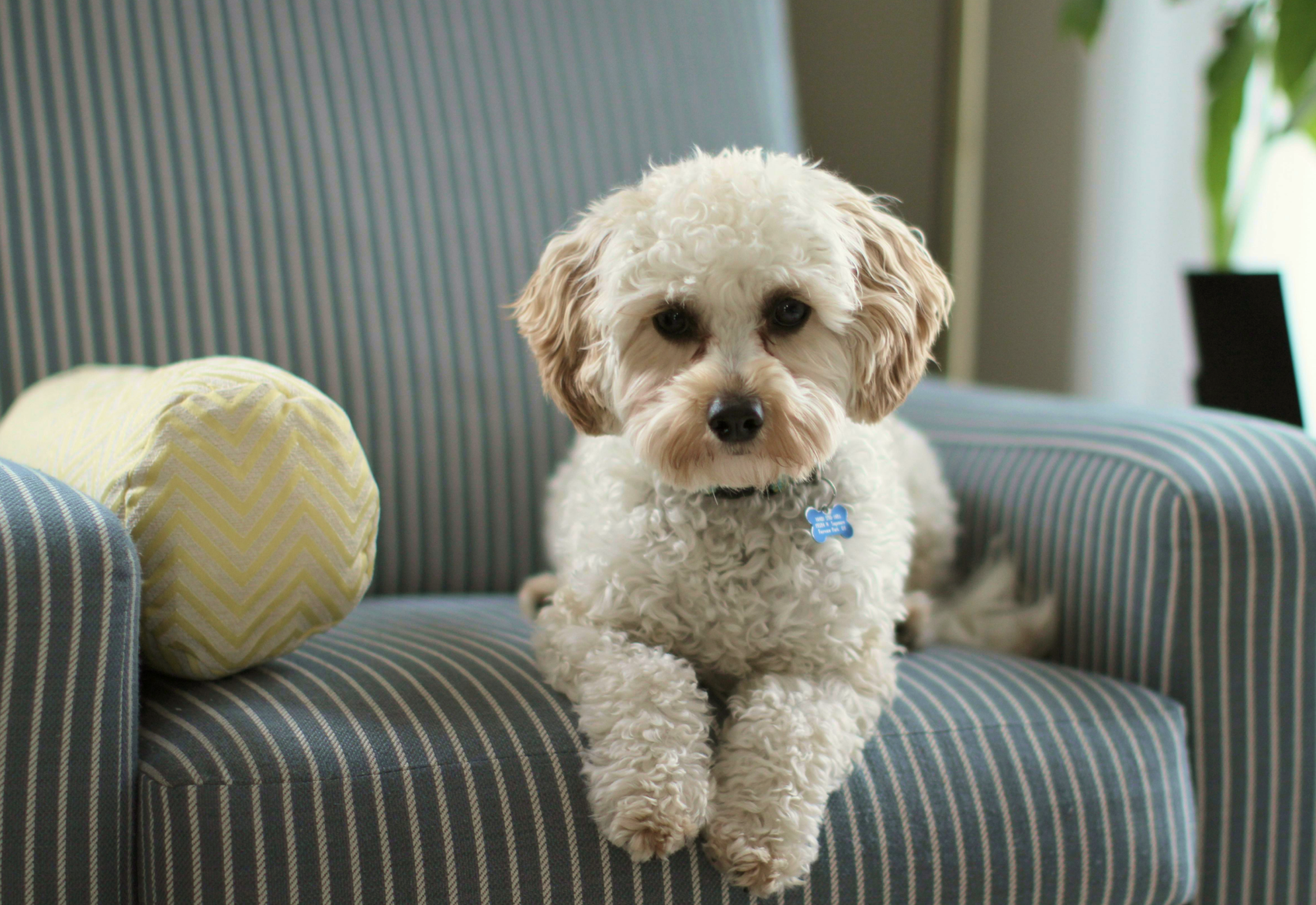
Discover how long dogs live and learn tips to extend your dog's lifespan. From breed differences to diet and exercise, find out more in our detailed article.
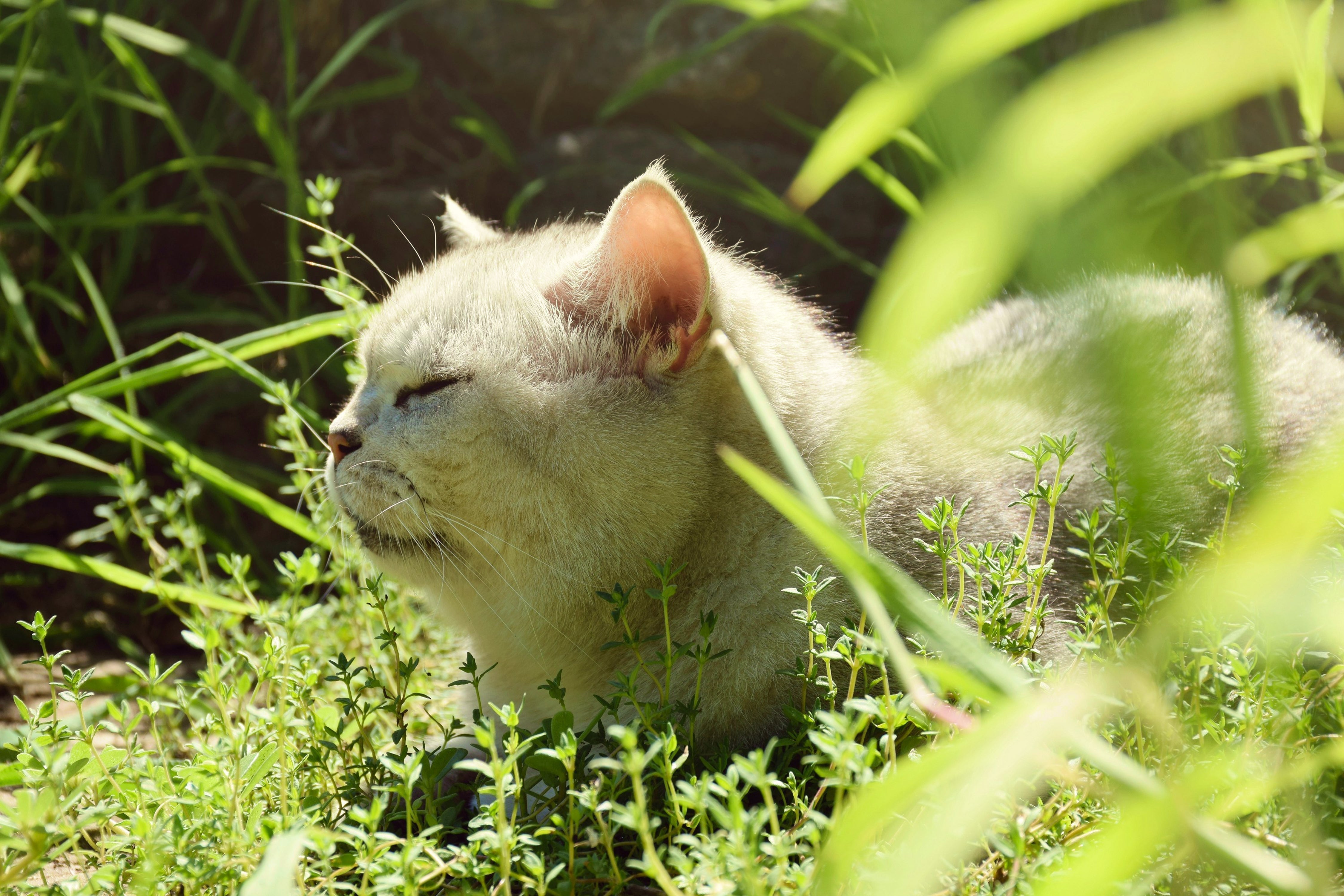
Learn why cats sunbathe and the benefits it brings. From warmth to relaxation, explore the surprising reasons your cat loves sunlight. Keep your cat safe with our vet-approved tips!

